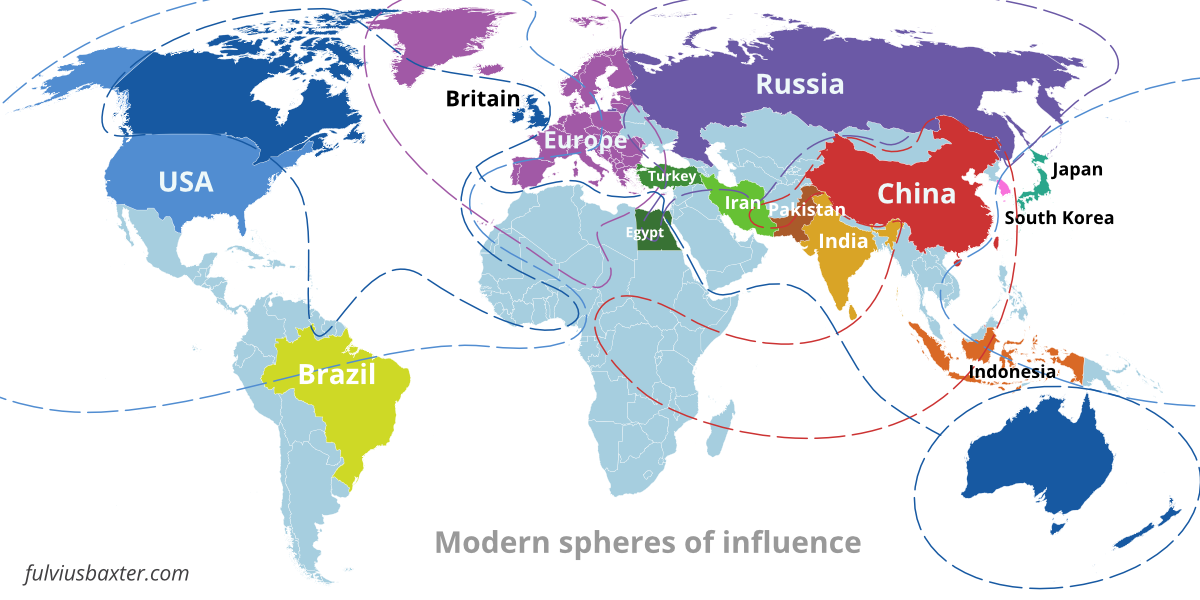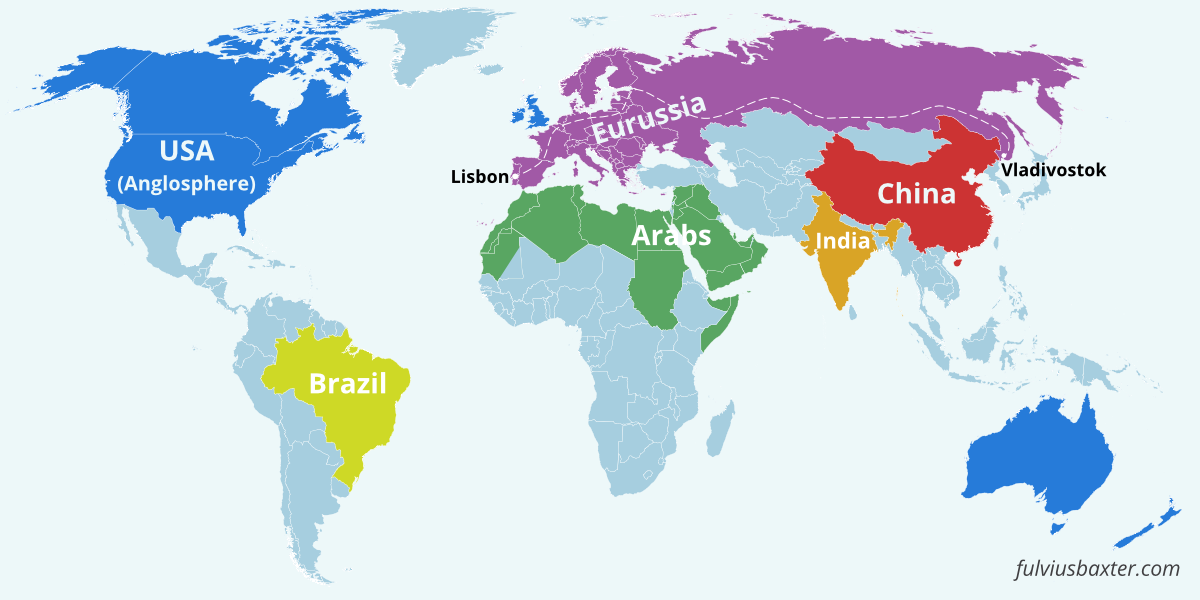 We live in a world where prejudice is constantly being challenged and rejected, while statistics are elevated to a noble and important art form. Statistics are used, among other things, to predict elections and to make political and business decisions.
We live in a world where prejudice is constantly being challenged and rejected, while statistics are elevated to a noble and important art form. Statistics are used, among other things, to predict elections and to make political and business decisions.
At the same time, biases and statistical assumptions work in a similar way. Let me explain my thinking here.
If you meet a number of people of a certain ethnic group, and they behave in a similar way, your brain will make a statistical assumption that the behaviour is largely linked to the group. The process can be called prejudice, discernment, social knowledge, etc. depending on the context in which the behaviour is used.
If you work in marketing and advertising then this knowledge is invaluable, that you have a fingertip feel for different target groups, how they think and how they behave. And this, of course, links to buying situations and business decisions that can favour different players.
However, if you start making statistical considerations about certain ethnic groups, you can be labelled as prejudiced, or even racist.
Let’s do a thought experiment. If we were to ask a number of white Europeans which ethnic groups they would like to have as neighbours: white Europeans, East Asians, Indians, Arabs or Central Africans. What do you think they would say?
Probably Indians would come higher than Arabs and Central Africans. Why is this, since Indians also have brown skin and a foreign culture and religion? Well, Indians are often perceived as polite, correct, they speak good English, cooperate well in work situations, often well educated in computer/IT, and their religion and culture are considered peaceful and interesting. This is the common generalisation about Indians.
On the other hand, Arabs are perceived differently, their religion and culture are often described as more hostile, especially regarding the view of women, law and order, etc. They are also associated with terrorism and Islamism.
And as for Central Africans, there are prejudices about laziness, criminality, not so high intelligence quota, and different ‘incomprehensible’ culture.
East Asians would probably be a little higher up the list of neighbours. There is a prejudice that they are industrious but perhaps not always so nice and warm, but more calculating and cold. Their culture can sometimes be perceived as positive, with Asian mysticism, but the Chinese view of society, for example, is considered reprehensible and is often associated with communism and totalitarian ideas.
These are all prejudices created by our brains, but there are of course traces of truth in a purely statistical form. It is true that Islamism is more linked to Arabs than, for example, Chinese, and that Indians are often better at computers/IT than Africans. Statistically speaking, that is. Then again, the individual can differ greatly. But now we are talking statistics. And it is often about plausibility and possible outcomes. That is, the probability of encountering a criminal within a group of people, or a diligent professional, or whatever characteristics you might choose.
So what is the difference between a prejudice and statistics?
The difference is that in statistics you do a larger survey, on many people, and a relevant sample. Statistics are more scientifically organised, whereas prejudice is about personal encounters and perceptions that are spread in groups. Of course, if a white European were to meet a large number of Indians, for example, she could make predictions that would also be considered statistically correct. However, this would not be considered statistical science, because even if the sample is large, the methodology, selection criteria, etc. are missing.
Moreover, even pure statistics can actually be perceived as racist or prejudiced. For example, when we learn that blacks are more prone to crime than whites in the United States, or that Swedish prisons are largely populated by foreigners, that the majority of beggars in some countries belong to the Roma population, etc. Just as prejudice does not always have to be negative, we may have positive prejudices, as already mentioned about Indians, but also that Germans are engineers and hard-working, Japanese are meticulous, etc etc.
But, could it be that even a small sample can give us a hint about the behaviour of a certain people? Yes, perhaps. Our brain seems to be triggered to sort out behaviours and deviations, probably this is some kind of survival instinct that has been with us since the beginning of time. But it can also be wrong. Many Swedes who have lived in the suburbs or in socially deprived areas have encountered Finnish alcoholics or drug addicts. When you go to Finland, you realise that the number of addicts there is lower than in the Swedish suburbs, much lower. But then the prejudice about Finnish alcoholics turned out to be true in the Swedish suburbs, but not in Finland as a whole. Something is causing Finns to fall into addiction in the specific Swedish suburb, but not to the same extent in their home country; this may be the conclusion in this case.
The most common objection to prejudice or statistics is the claim that not EVERYONE behaves in a specific way. ALL Muslims are not Islamists. ALL Asians are not efficient. ALL Finns are not into drinking, etc. etc.
But statistics and prejudices are not about the individual. They are about the selection of groups, and probabilities. It has absolutely nothing to do with the individual, and there are always extreme exceptions in all groups. But the probability of meeting the exceptions is significantly lower. And this is precisely what both prejudice and statistics are about. The ability to make calculations based on experience or known facts.







